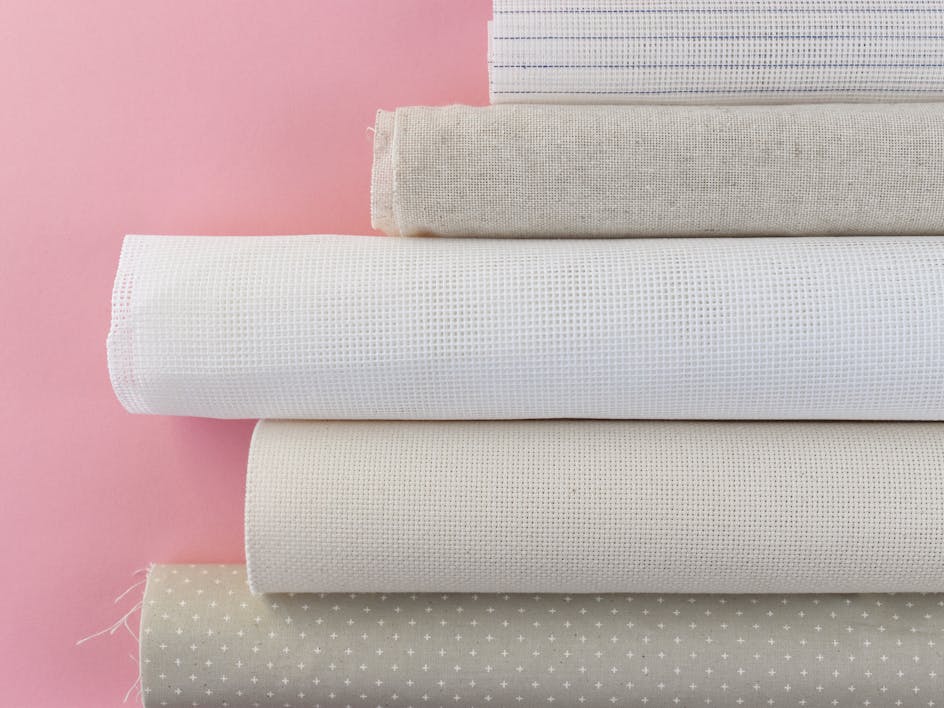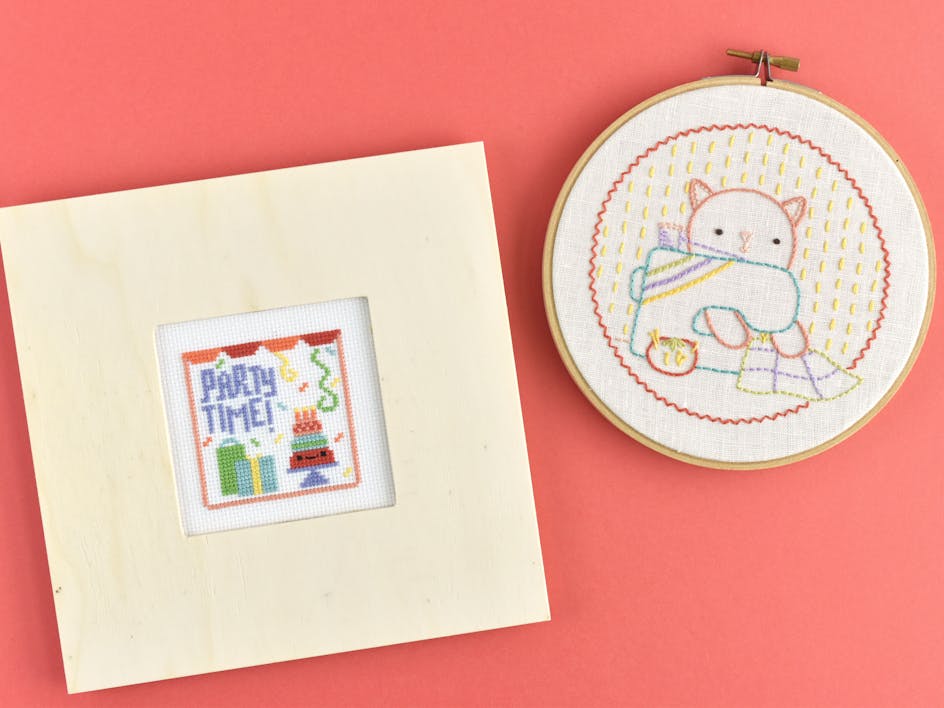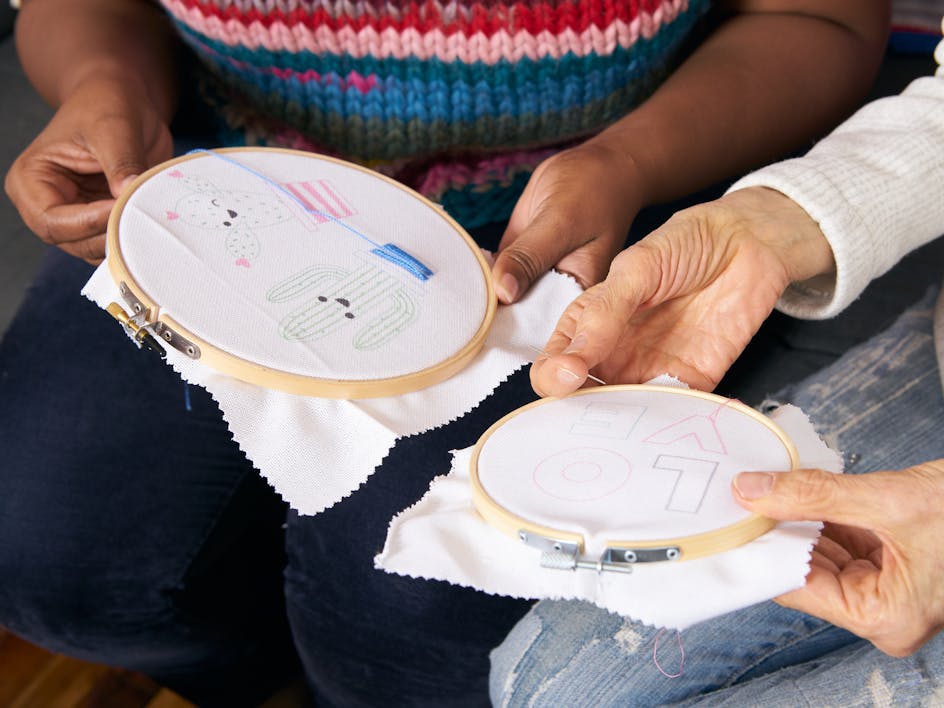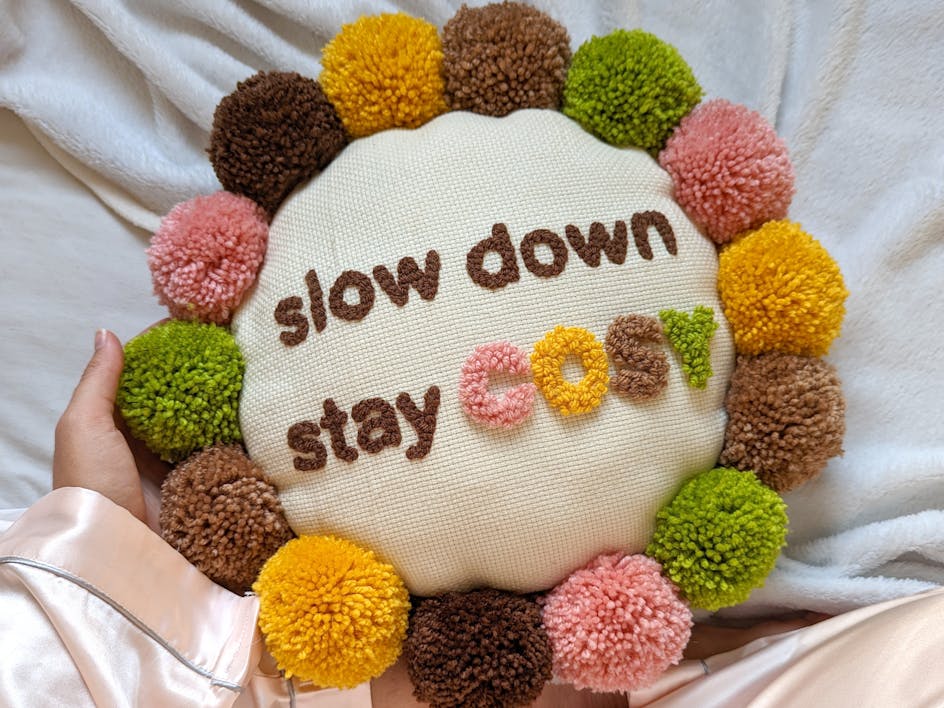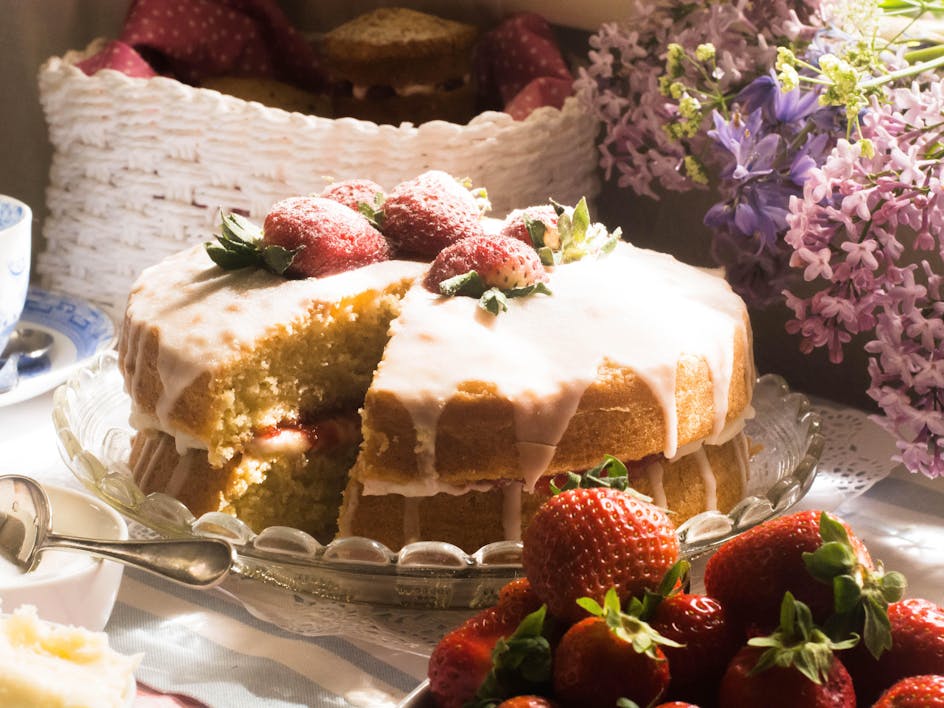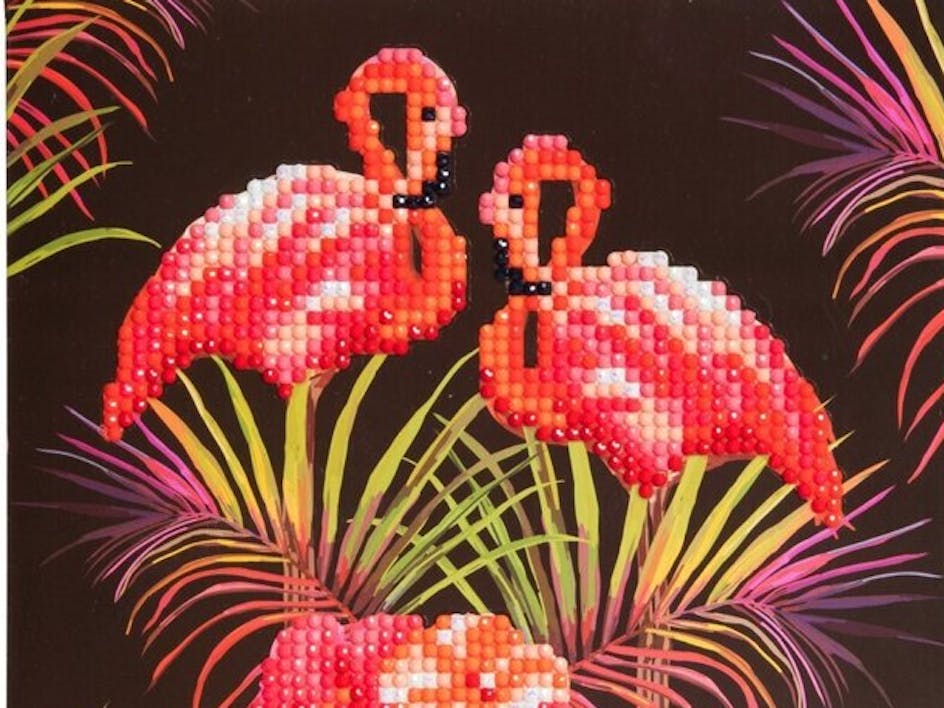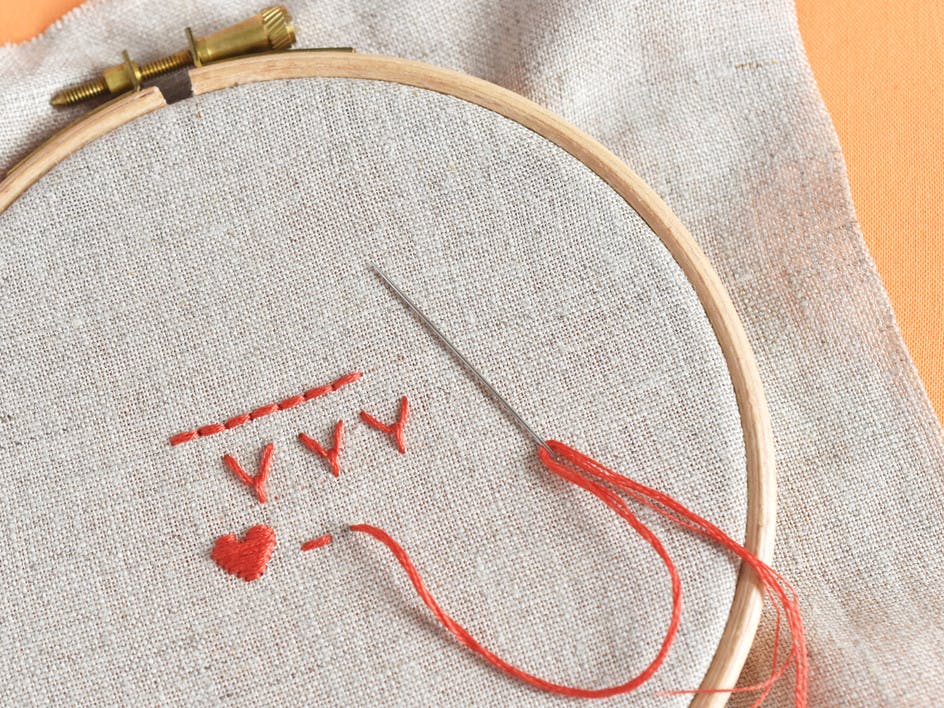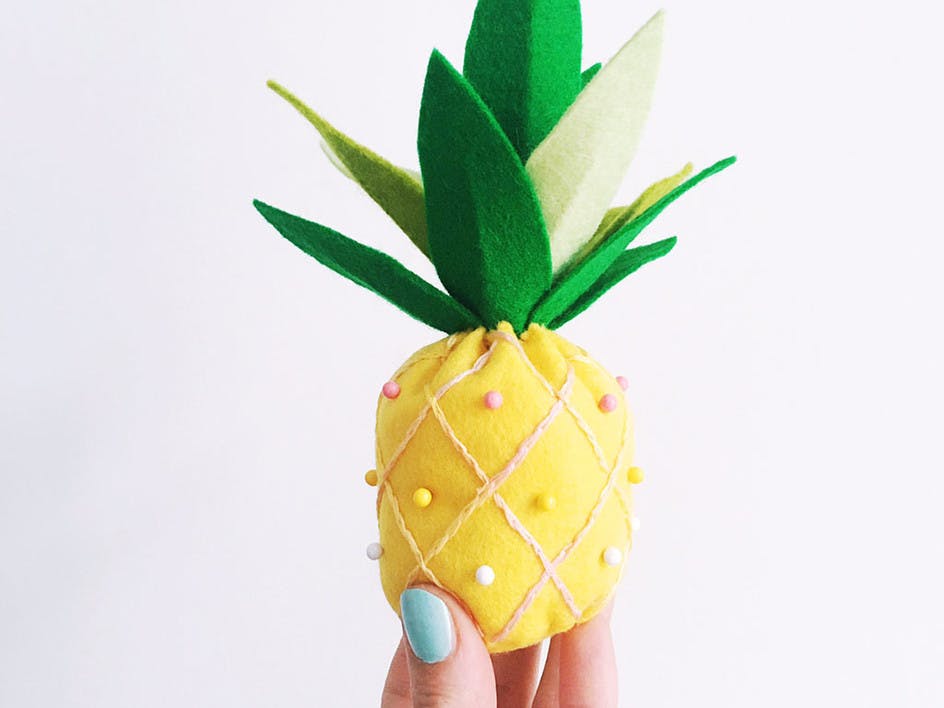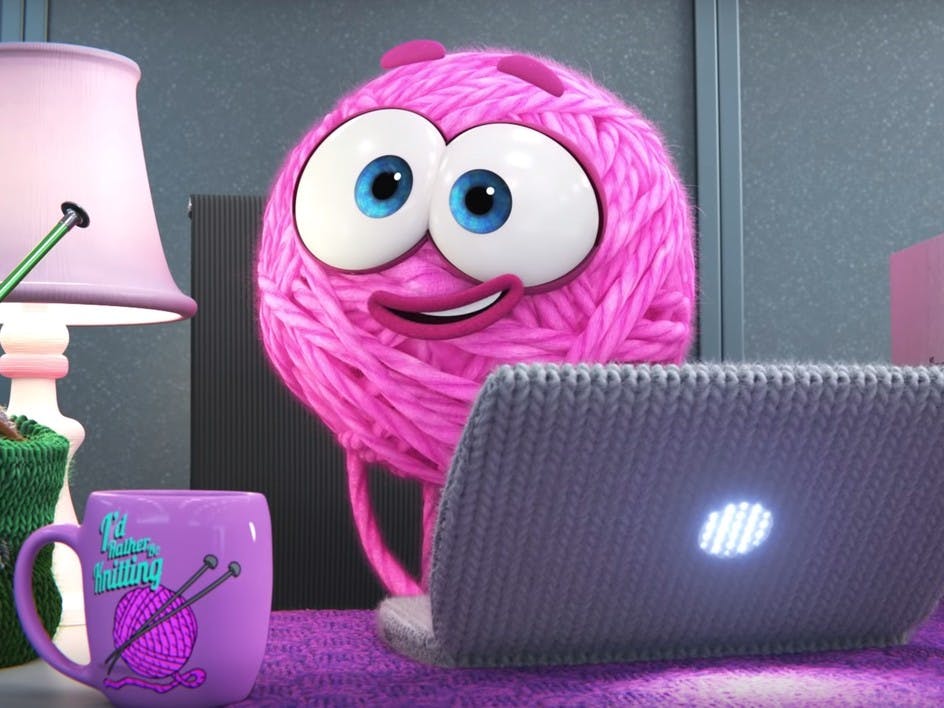4 ways to transfer embroidery patterns to fabric
Published on 26 February 2020 By Holly Butteriss 6 min read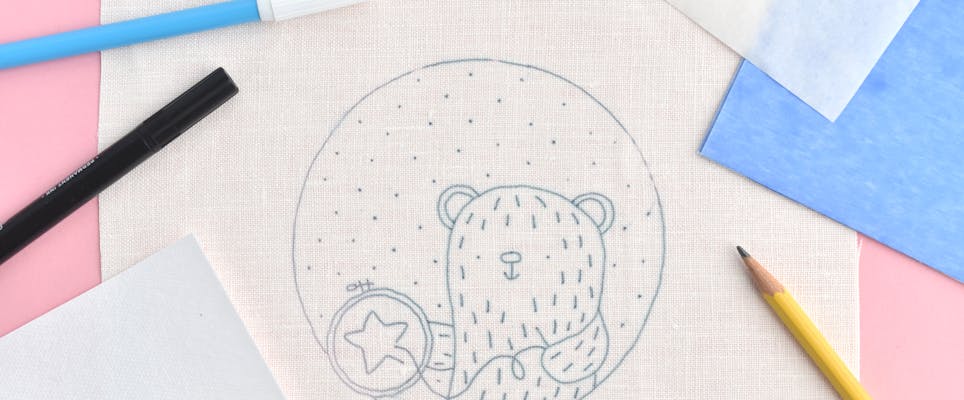
Magnificent Mollie from Wild Olive is an amazing maker who can't help stitching cute faces onto everything she gets her hands on! As a completely stitching guru, Mollie is our go-to gal when it comes to embroidery. This time she's helping us figure out how to get our beautiful patterns onto fabric, let's get started!
The most intimidating part of learning embroidery is often just figuring out how to transfer patterns to fabric, especially when it comes to working with downloadable patterns. The good news is that you have lots of options to choose from and they're all easy!
Some require special tools or materials, but others rely on basic supplies that you may already have around the house. Each of these methods has its pros and cons, but the most important part is to find one that works for you. Try these out, test them with different fabrics you like, and get ready to start stitching!

1. Lightbox
One of the simplest ways to get an embroidery pattern onto fabric is to trace it, and there are several ways to do this. Most of the time you'll need a light source such as a lightbox or a brightly lit window, though some fabrics will show the pattern through without light. Other fabrics will still be too thick or dark to use this method.
The first step is to print the pattern. If you are using a pattern in a book, you may want to make a copy so that lines or other elements don't show through from the reverse side. Tape the pattern to a lightbox or window so it doesn't shift while you trace. Next, hold or tape the fabric over the printed pattern. Another way to hold the fabric taut is to place it in an embroidery hoop with the fabric facing backward so you can trace with the wrong side of the material flat on against the pattern.
Pencil or pen?
You can use one of several tools to trace the design. A standard, well-sharpened pencil works well and you probably have one on hand. For large projects that you'll be working on over a long period of time, you can also use an extra-fine permanent marking pen. Both of these tools create permanent lines, which means you need to trace accurately and cover the markings with your stitches.
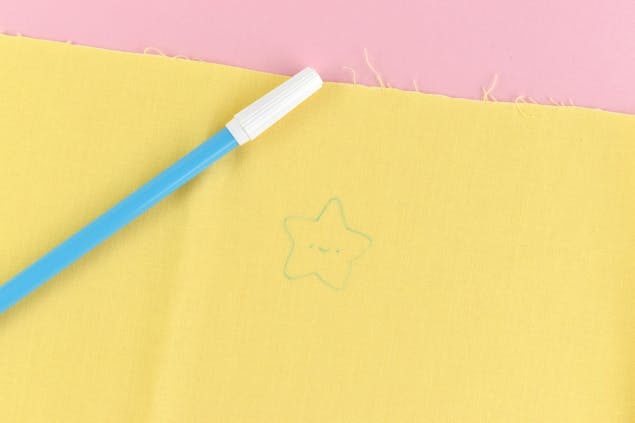
2. Disappearing ink pen
Another tool for simple tracing is a pen or marker with vanishing ink. These markings disappear with time, heat, or water. Those that disappear with time can be unpredictable because your lines may vanish before you finish or they might stick around longer than you want, depending on how much ink soaked into the fabric. Heat-sensitive pens are similarly unpredictable because sometimes cold temperatures can make the markings reappear. Water-soluble markers often make larger lines, but they fully vanish after soaking the embroidery in water. The trick is to soak the material, instead of only rinsing it.
3. Tracing paper
There are two types of tracing paper that you can use for marking a pattern on your fabric, and both are especially helpful for fabrics that you can't see through for tracing.
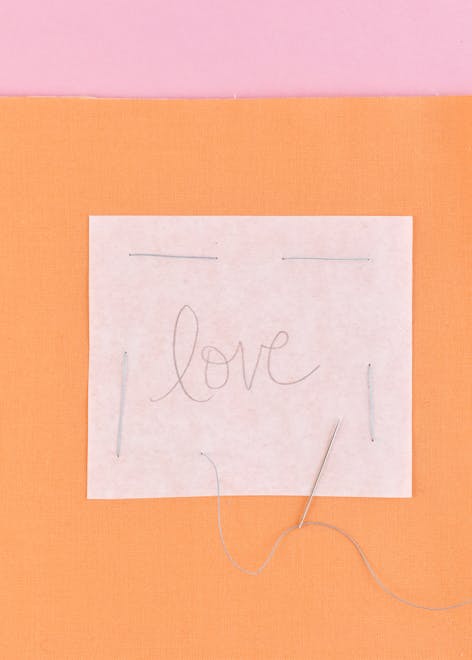
Art tracing paper
Lightweight tracing paper, often found with children's art supplies, makes a handy tool for stitching. Use a regular pencil and trace or draw a pattern on the paper. If you're working with a pattern from a book, you can trace directly from the pages.
Next, use a needle and thread to sew the paper to your fabric with large basting stitches. This holds the pattern in place while you stitch. Embroider the design by following the lines and stitching through both the paper and fabric. When the embroidery is finished, gently tear away the paper. It helps to tear right along the edge of the stitching, which acts as perforation for the paper. From there you can remove the pieces inside the stitched areas. A pin or tweezers is helpful for removing the tiny bits of paper.
Embroidery tracing paper
This product uses several names including carbon paper, pattern transfer paper, and embroidery tracing paper. It has a transferable powdery coating (which comes in several colours) on one side which marks the pattern on your fabric. Print your pattern on regular paper or trace or draw it on tracing paper.
Place the transfer paper face down on the fabric. Avoid pressing it down or moving it around too much, which can make marks on the fabric. Set the pattern on top of the tracing paper and, pressing firmly with a regular pencil or ballpoint pen, trace over the design. When you lift the paper, you should see the design now on the fabric. After you finish the embroidery, any stray marks will brush or wash away.
4. Water-soluble stabiliser
When you want to embroider on dark materials or you simply want to start stitching in a hurry, water-soluble stabiliser is the perfect solution. DMC's version of this product is called Magic Paper and the name fits because working with it feels like magic. This product comes in both pre-printed and plain versions, which you can print on with your home printer, making it ideal for working with digital patterns. When printing your own patterns, be sure to print in draft mode, which uses less ink. You can also draw or trace patterns onto it with a pencil.
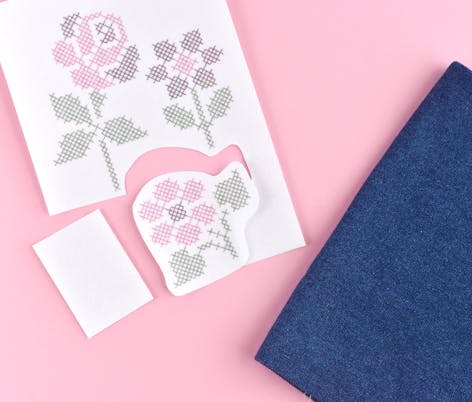

Give magic paper a go with these handy kits!
5. Iron transfer
Some patterns come as pre-printed iron transfer patterns, which means you can transfer the designs to your fabric with a quick press of the iron. An iron-transfer pen or pencil lets you create your own transfers with any pattern. This process reverses the image, so you should always start with a printed pattern that has the image flipped. Using heavy tracing paper or thin copy paper, trace the design with the transfer pen. The pattern markings will be permanent, so be sure to trace accurately.
Iron your fabric, then place the traced (or pre-printed) pattern face down on the fabric. Press the back of the paper with the iron and hold for a few seconds without moving the iron. Lift the iron. Repeat this process if you have a larger pattern, but always be careful not to shift the pattern or slide the iron on the paper, which can result in blurred or doubled lines.
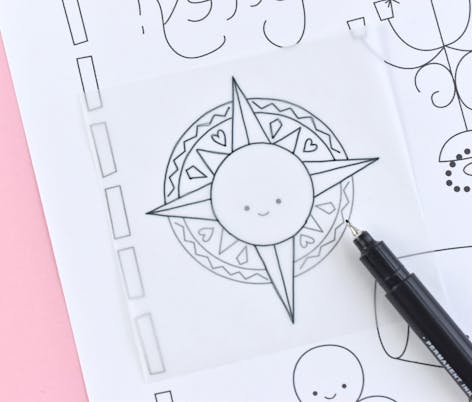
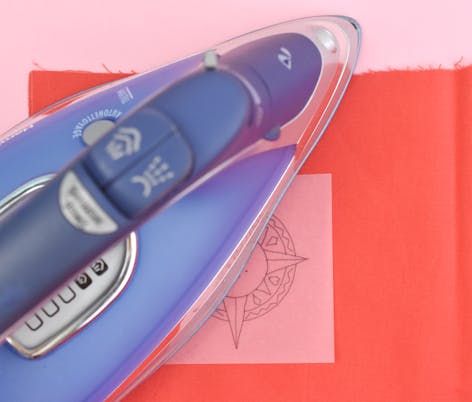
Cut out around the pattern design, then peel off the paper backing and stick it onto your fabric. Embroider through the fabric and the water-soluble stabiliser at the same time. When you're finished stitching, soak the embroidery in lukewarm water. The stabiliser will start to dissolve and float into the water. To remove the last bits, you can hold the embroidery under running water.


